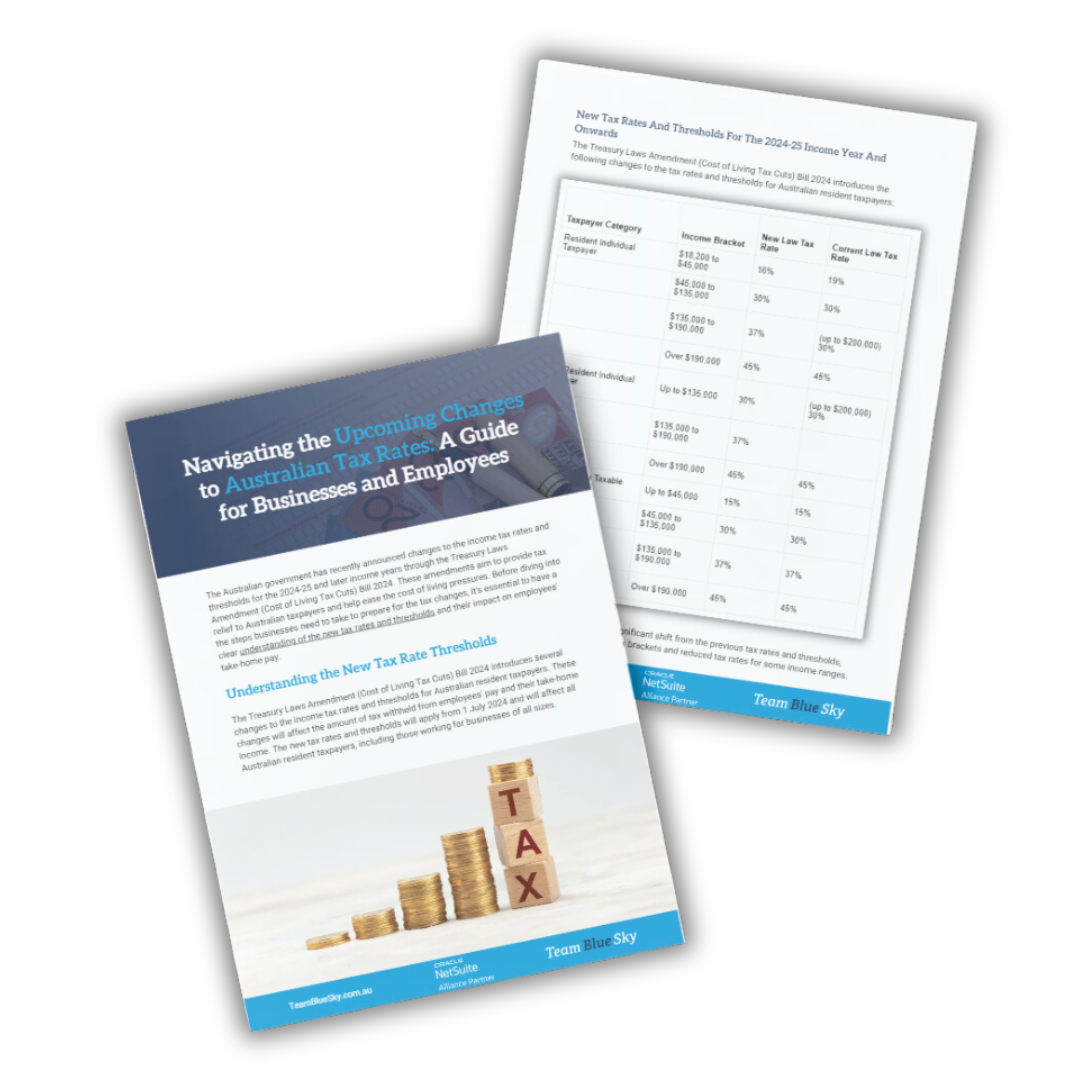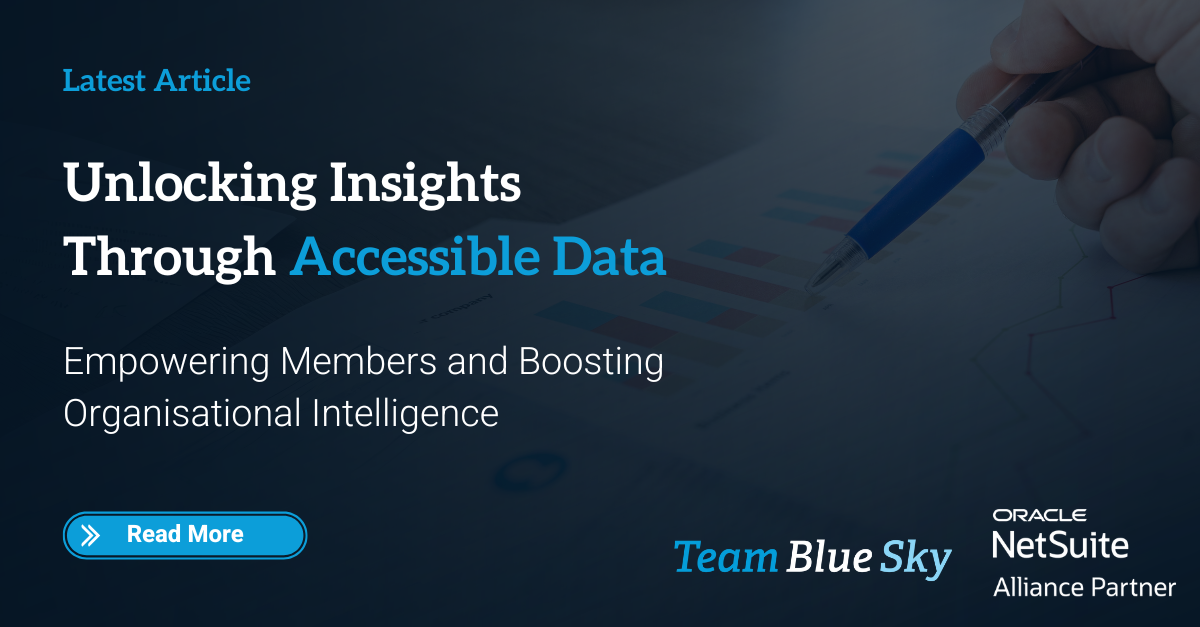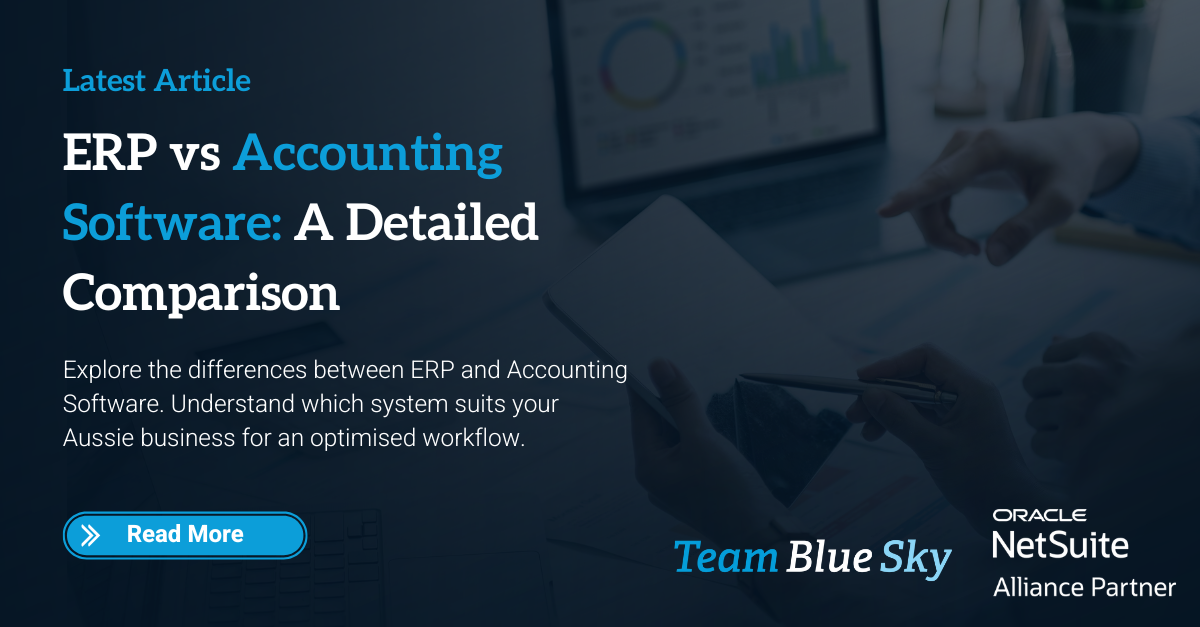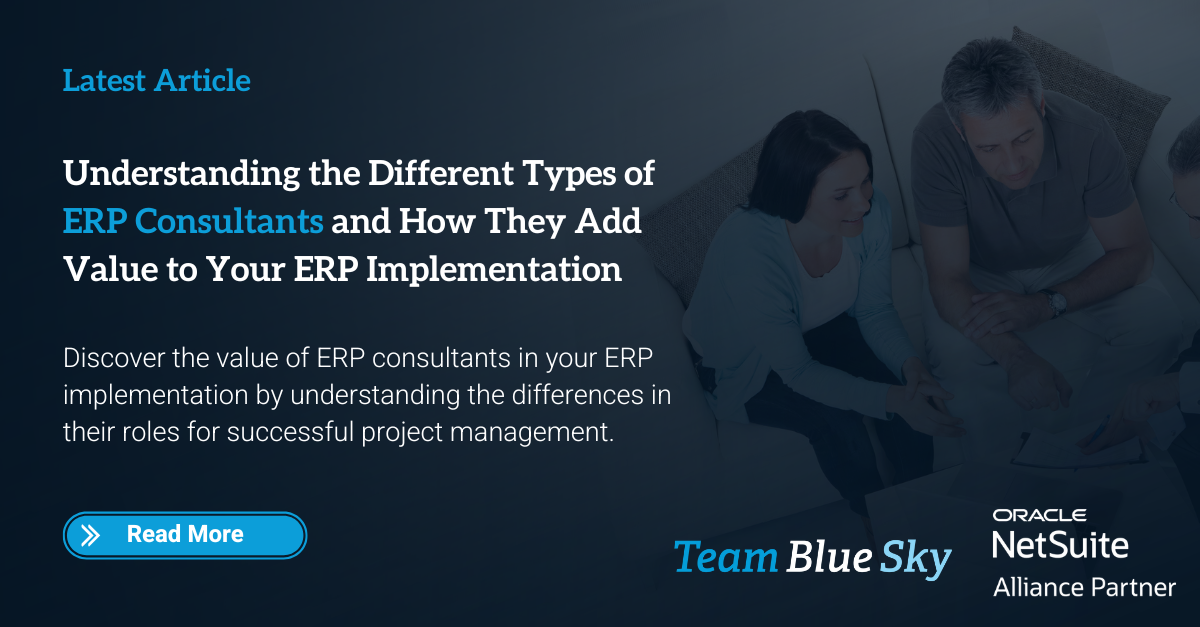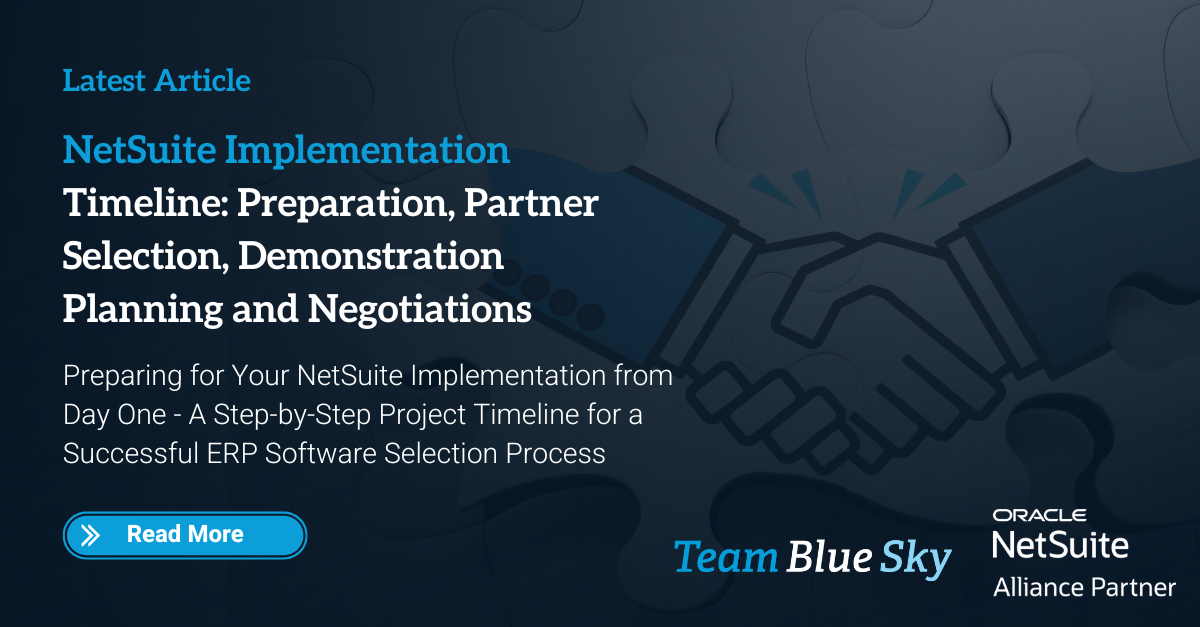Navigating the Upcoming Changes to Australian Tax Rates: A Guide for Businesses and Employees
The Australian government has recently announced changes to the income tax rates and thresholds for the 2024-25 and later income years through the Treasury Laws Amendment (Cost of Living Tax Cuts) Bill 2024. These amendments aim to provide tax relief to Australian taxpayers and help ease the cost of living pressures. Before diving into the steps businesses need to take to prepare for the tax changes, it's essential to have a clear understanding of the new tax rates and thresholds and their impact on employees' take-home pay.
Understanding the New Tax Rate Thresholds
The Treasury Laws Amendment (Cost of Living Tax Cuts) Bill 2024 introduces several changes to the income tax rates and thresholds for Australian resident taxpayers. These changes will affect the amount of tax withheld from employees' pay and their take-home income. The new tax rates and thresholds will apply from 1 July 2024 and will affect all Australian resident taxpayers, including those working for businesses of all sizes.
New Tax Rates And Thresholds For The 2024-25 Income Year And Onwards
The Treasury Laws Amendment (Cost of Living Tax Cuts) Bill 2024 introduces the following changes to the tax rates and thresholds for Australian resident taxpayers:
| Taxpayer Category | Income Bracket | New Law Tax Rate | Current Law Tax Rate |
|---|---|---|---|
| Resident Individual Taxpayer | $18,200 to $45,000 | 16% | 19% |
| $45,000 to $135,000 | 30% | 30% | |
| $135,000 to $190,000 | 37% | (up to $200,000) 30% | |
| Over $190,000 | 45% | 45% | |
| Up to $135,000 | 30% | (up to $200,000) 30% | |
| $135,000 to $190,000 | 37% | ||
| Over $190,000 | 45% | 45% | |
| Working Holiday Taxable Income | Up to $45,000 | 15% | 15% |
| $45,000 to $135,000 | 30% | 30% | |
| $135,000 to $190,000 | 37% | 37% | |
| Over $190,000 | 45% | 45% |
These changes represent a significant shift from the previous tax rates and thresholds, with the introduction of new tax brackets and reduced tax rates for some income ranges.
Impact On Employees' Take-Home Pay
The changes to the tax rates and thresholds will directly impact employees' take-home pay. In general, employees with taxable income up to $190,000 will see a reduction in their tax liability, resulting in higher take-home pay. However, the extent of the impact will vary depending on an individual's specific income level and circumstances.
For example, an employee with a taxable income of $80,000 will fall into the 30% tax bracket under the new tax laws. Their tax liability will be calculated as follows:
Importance of Understanding and Preparing for These Changes
As an employer, understanding and preparing for these tax changes is essential for several reasons:
Compliance
Employers are responsible for withholding the correct amount of tax from their employees' pay and remitting it to the Australian Taxation Office (ATO). Failure to comply with the new tax rates and thresholds may result in penalties and interest charges.
Employee Satisfaction
Employees will be directly impacted by these changes, as their take-home pay will be affected. By proactively communicating and explaining the changes to your employees, you can help them understand the impact on their individual circumstances and avoid confusion or frustration.
Budgeting And Forecasting
The tax changes may impact your business's budget and financial forecasts. Understanding the changes will allow you to adjust your budgets and projections accordingly, ensuring that you are prepared for any potential financial implications.
Payroll Processes
New tax rates and thresholds will require updating payroll systems and processes. Preparing for these changes in advance will help ensure a smooth transition and avoid any disruptions to your payroll operations.
By taking the time to understand and prepare for the upcoming tax changes, you can demonstrate your commitment to compliance, employee well-being, and financial responsibility. In the following sections, we will discuss the specific steps you can take to prepare for the changes internally and communicate them effectively to your employees.
Navigating Tax Law Changes: A 10-Step Preparation Guide for Businesses
With new tax laws set to impact businesses, preparation is key to ensuring a smooth transition. Here is a 10-step guide for businesses to adapt internally to these changes, maintain compliance, and minimise disruption.
Review New Tax Rates and Thresholds
Begin by thoroughly understanding how the new tax rates and thresholds differ from the previous ones. Assess the potential impact on your company's financials and payroll obligations. This step is critical for planning subsequent adjustments in payroll systems and processes.
Assess Impact On Payroll Processes and Systems
Assess how new tax laws will affect your existing payroll processes and systems. This assessment will help identify the necessary changes or updates needed to align with the new regulations.
Update Payroll Software
Contact your payroll provider to confirm they will update the system to reflect the new tax rates and thresholds. If your business uses in-house payroll software, coordinate with your IT department to ensure timely implementation of these updates.
Test Payroll Systems
Once updates are made, it's essential to test your payroll systems extensively. This testing should verify that the tax calculations are accurate and that the system functions correctly under the new laws.
Review and Update Salary Packaging Arrangements
If your business offers salary packaging to employees, review these arrangements to ensure they are still advantageous under the new tax regulations. Adjust these packages as needed and inform affected employees of the changes.
Train Payroll Staff
Provide comprehensive training to your payroll staff on the new tax rates and any updated processes or software systems. Ensuring that your payroll team is well-informed and confident will help mitigate any employee concerns or questions that arise.
Prepare Budget Forecasts
Consider how changing tax laws will affect your business’s financial outlook. Update your budget and financial forecasts accordingly to anticipate the impacts of increased or decreased tax liabilities.
Review And Update Internal Policies and Procedures
Review existing internal policies and procedures related to payroll and taxation. Update these documents to reflect the new tax laws. This might include revisions to employee handbooks, payroll operation manuals, and other related resources.
Consult with Tax Professionals or Advisors
For businesses with complex tax situations or those seeking assurance of compliance, consulting with tax professionals or advisors is advisable. These experts can provide tailored advice and strategies to navigate the new tax landscape effectively.
5 Steps for Communicating the Changes to Employees Proactively
In addition to preparing internally for the tax changes, it's crucial for businesses to communicate the changes to their employees proactively. This will help ensure that employees understand how the changes will impact their take-home pay and avoid any confusion or frustration. Here are five steps for communicating the changes effectively:
Create Clear and Concise Communication Materials
Develop communication materials explaining tax changes in clear and concise language. This may include email announcements, FAQ documents, or presentations that highlight the key changes and their impact on employees.
Schedule Informational Sessions or Webinars
Consider holding briefings or webinars to discuss the tax changes with your employees. This will provide an opportunity for employees to ask questions and better understand how the changes will affect them personally.
Provide Resources
Offer your employees resources to help them understand the tax changes and their impact. This may include links to government websites, tax calculators, or other tools that can help employees estimate their new take-home pay.
Encourage Employees to Seek Guidance
Remind your employees that everyone's tax situation is unique, and encourage them to seek guidance from tax professionals or financial advisors for their individual circumstances. Make it clear that while your business can provide general information about the tax changes, employees should consult with experts for personalised advice.
Be Transparent and Open
Throughout the communication process, be transparent and open with your employees. Acknowledge that the tax changes may have different impacts on different individuals and that you are committed to supporting your employees through the transition. Encourage open dialogue and be prepared to address any concerns or questions that arise.
By following these steps, businesses can effectively communicate the tax changes to their employees and help ensure a smooth transition. In the next section, we will provide an example of how to communicate the changes to employees via email.
Example Email to Employees:
Subject: Important Update: Changes to Australian Tax Rates for 2024-25
Dear [Employee Name],
We wanted to inform you about the recent changes to the Australian income tax rates and thresholds, which will come into effect from 1 July 2024. These changes, introduced through the Treasury Laws Amendment (Cost of Living Tax Cuts) Bill 2024, aim to provide tax relief and help ease the cost of living pressures.
Under the new tax rates, if your taxable income is $80,000, you will fall into the 30% tax bracket. This means that your tax liability will be calculated as follows:
- First $18,200: No tax
- Next $26,800 (between $18,200 and $45,000): 16% tax rate
- Remaining $35,000 (between $45,000 and $80,000): 30% tax rate
Your total tax liability for the year would be approximately $17,792, which is a slight reduction compared to the current tax rates.
Please note that these changes will be automatically applied to your pay from 1 July 2024, and you do not need to take any action. However, if you have any questions or concerns about how these changes may impact your individual circumstances, please don't hesitate to reach out to our payroll team or your tax professional for guidance.
We are committed to keeping you informed about any updates that may affect your pay and will provide further information closer to the implementation date.
Best regards,
[Your Name]
[Company Name]
Final Thoughts
Preparing for and communicating the upcoming changes to Australian tax rates is crucial for businesses to ensure a smooth transition and maintain compliance with the new tax laws. By following the steps outlined in this guide, businesses can effectively prepare for the changes internally and communicate them to their employees proactively.
However, navigating the complexities of payroll and tax compliance can be challenging, especially for businesses with limited resources or expertise. As Australia's leading NetSuite Alliance Partner, TeamBlueSky offers comprehensive payroll outsourcing services that can help businesses streamline their payroll processes, ensure compliance with tax laws, and provide their employees with the support they need during this transition.
By outsourcing your payroll to TeamBlueSky, you can:
- Ensure accurate and timely payroll processing that complies with the new tax rates and thresholds
- Reduce the administrative burden on your internal team, allowing them to focus on core business functions
- Provide your employees with access to self-service portals and dedicated support teams to answer their payroll and tax-related questions
- Benefit from TeamBlueSky's expertise in navigating complex payroll and tax laws, reducing the risk of errors or non-compliance
If you're looking for a trusted partner to help you navigate the upcoming tax changes and streamline your payroll processes, contact TeamBlueSky today. Our team of
payroll and tax experts is ready to help you prepare for the changes and provide your employees with the support they need during this transition.

Henry Sack
General Manager

With over 12 years of experience as a NetSuite implementation consultant, Henry Sack leads TeamBlueSky’s team of NetSuite and accounting experts in his role of General Manager.
TeamBlueSky is a leading Australian
NetSuite Alliance Partner whose mission is to provide critical
NetSuite BPO and
Payroll services to NetSuite clients who are wanting to simplify their
back office processes and partner with a leading
NetSuite administration expert.
TeamBlueSky have also partnered with global Suite Developer Network partners to offer local solutioning, implementation and support services for global NetSuite SuiteApps.




